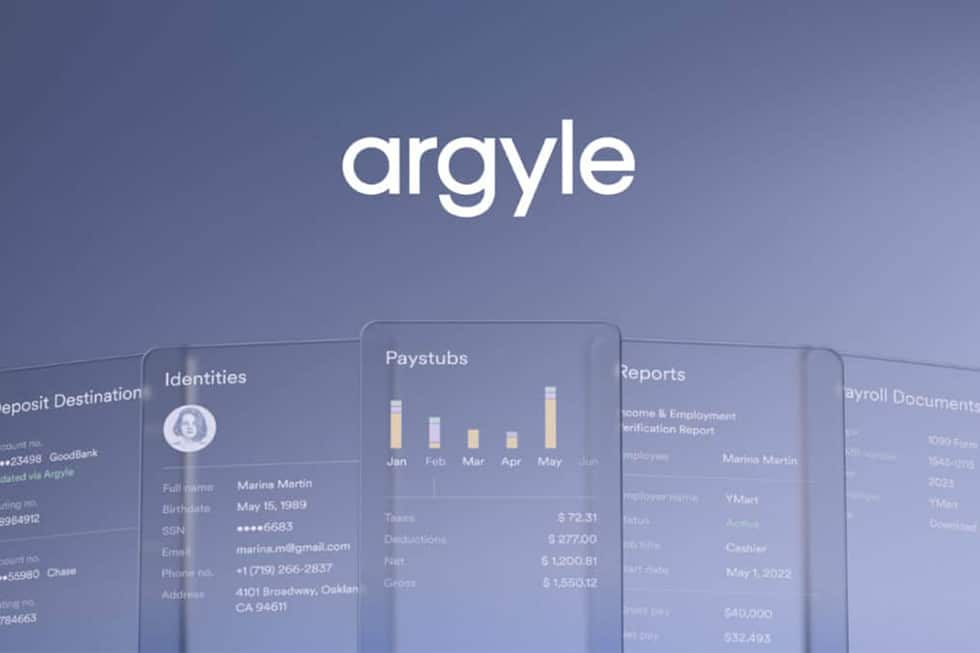We live in a rapid-fire world, and as part of that constant movement, many companies find themselves in various stages of hypergrowth. The importance of managing that hypergrowth from a branding standpoint can often be underestimated and overlooked. We have seen many parent companies handle the oversight of multiple brands with amazing creativity and success, with most of us not even noticing or being impacted. Then, we have seen some brands come together in ways that leave us shaking our heads.
Let’s start with what exactly brand architecture, or a sub brand, is. A quick internet search provides us with a very simple explanation:
“Sub brands are related to a parent brand, and both support and benefit from that parent. Sub brands tie back to the parent brand’s qualities, values, and message, while also having their own unique qualities.”
That basically sums it up, but how to implement that successfully is not so simple. When a company starts thinking about expanding its brand architecture, the below points are what need to be at the forefront before making a full launch plan. These are the best ways to increase your odds of success – and avoid an epic flop.
The “why”?
“The art of questioning is to ignite innovative thinking; the science of questioning is to frame system thinking, with the progressive pursuit of better solutions.” – Pearl Zhou, Leadership Master
This should be the very first thought; in every meeting about this topic, you should be constantly asking the “Why? Why are we doing this?”. Is it due to an acquisition? Is it because we are launching a product with a completely different target audience than the original brand? Is it both? Does this even require a separate sub brand, or should this be a full rebranding for the company as a whole? Do we want people to know this is a correlated brand or not? These are all million-dollar questions, why the “why” is so important, and truly sets the stage for how to proceed.
House of Brand vs. Branded House?
Knowing the difference between these two terms is key. A house of brands includes a parent company that remains removed from its sub brands. Proctor and Gamble is the most well-known, and yet most unknown, brand implementing the House of Brand approach. The list of brands that fall under Proctor and Gamble is extensive, yet many of us have no idea what they are, and the marketing around each product minimizes (or completely excludes) any mention of Proctor and Gamble.
Branded House, on the other hand, is when the parent company is always present in its extended brands. It makes sense, and the consumer thrives in the seamless environment. Apple is a great use case for a branded house that many of us may not even realize. Apple is a parent company, but has multiple sub brands: Watch, News, TV+, Music. We all know these are Apple products, and the integration with our Apple products is so flawless that to step back and realize they are sub brands almost seems unnatural. The separate brands all cohesively make up Apple while operating completely different products and services. This works well because their audience for each product is very similar and sees major overlaps.
Then you have the outliers. A huge company who thrived in the chaos of taking a hybrid approach- Facebook. Both Instagram and WhatsApp are owned by Facebook (or Meta, but that brand architecture use case and my rant on that is too much for this specific blog). I would venture to say that a third of my friends aren’t even aware that Instagram is owned by Facebook. I would go even further and say the majority have zero idea that WhatsApp is as well. The ambiguity approach is done on purpose; people know Facebook owns and operates sub brands, but nobody is entirely sure which ones. I get asked quite frequently if they own Snapchat or Tik Tok, however, they don’t.
Bringing it Back to Basics
The bottom line is there are a million ways to orchestrate your brand, create new brands, and continue hypergrowth at a company. There is no solid right or solid wrong answer. It all boils down to figuring out why you’re doing it and working the problem backwards. Creating a solid plan and understanding the different approaches can help you be as prepared as possible, but nobody can tell the future. Bringing it back to the basics of your product, offering, audience, and customer experience will help stack the odds to be ever in your favor.





